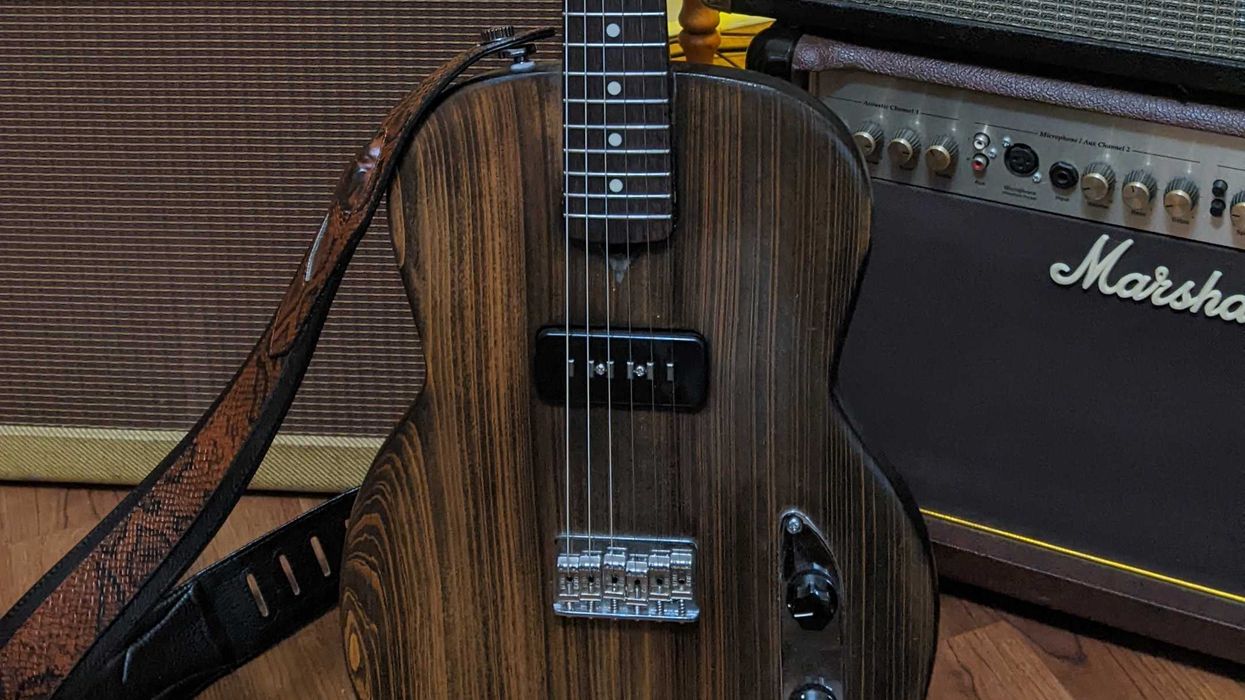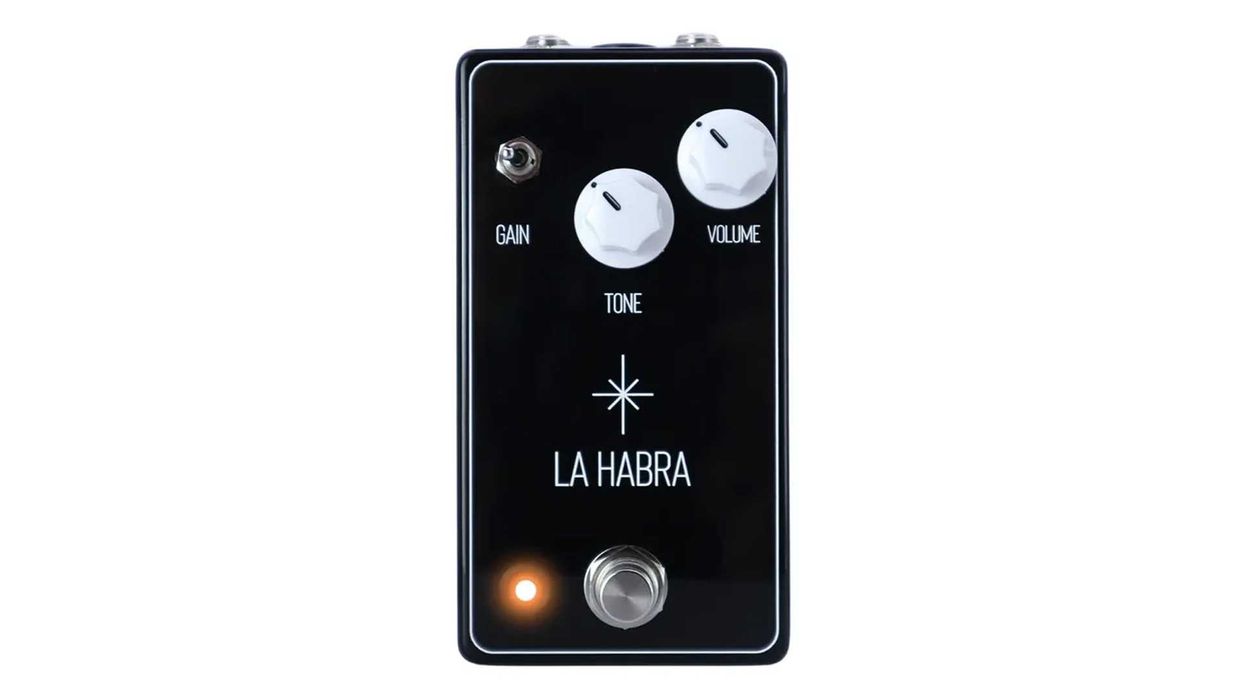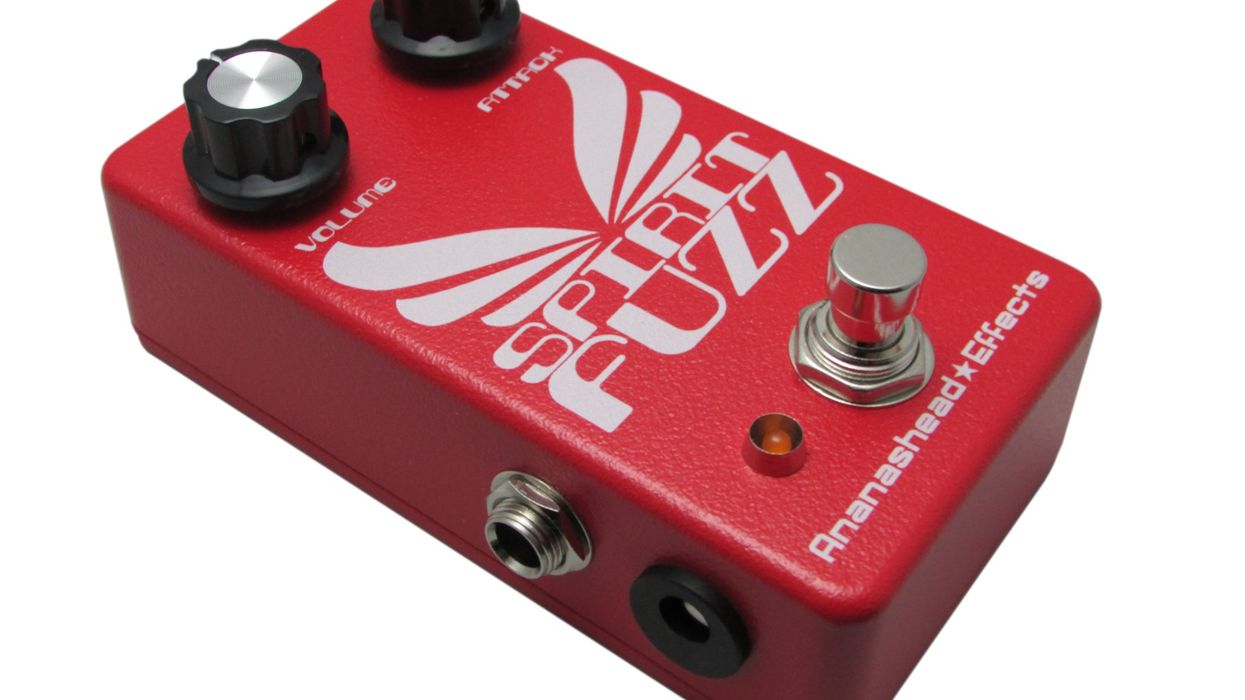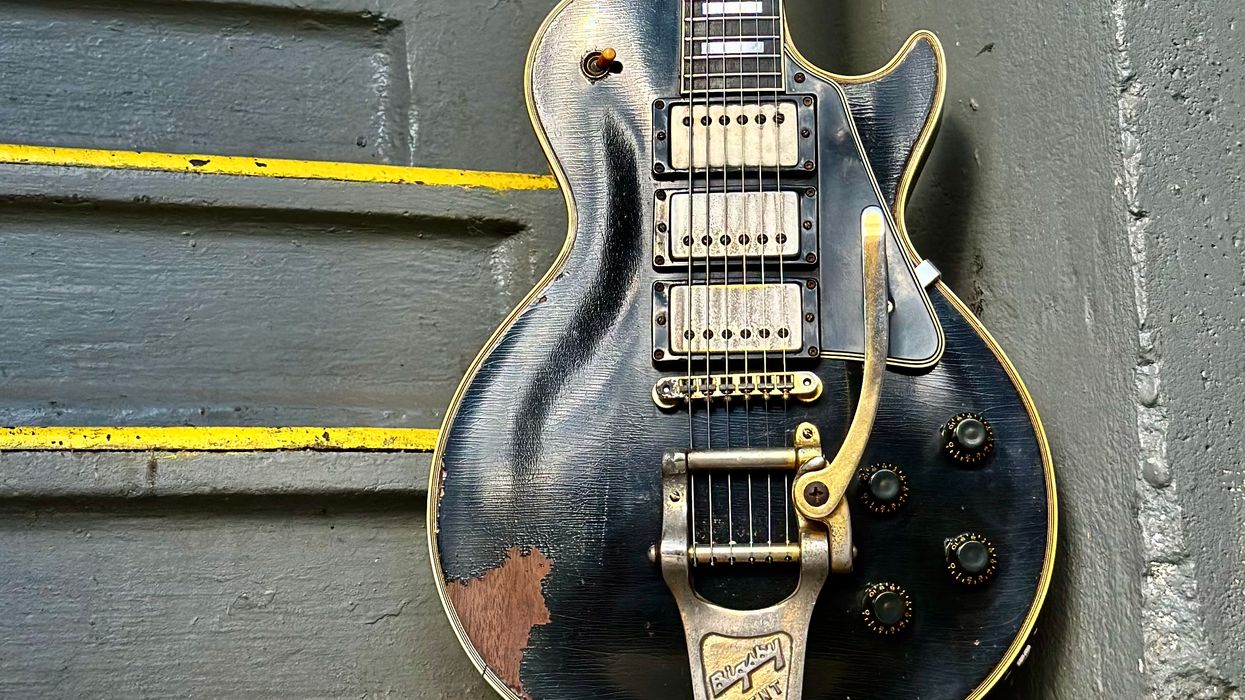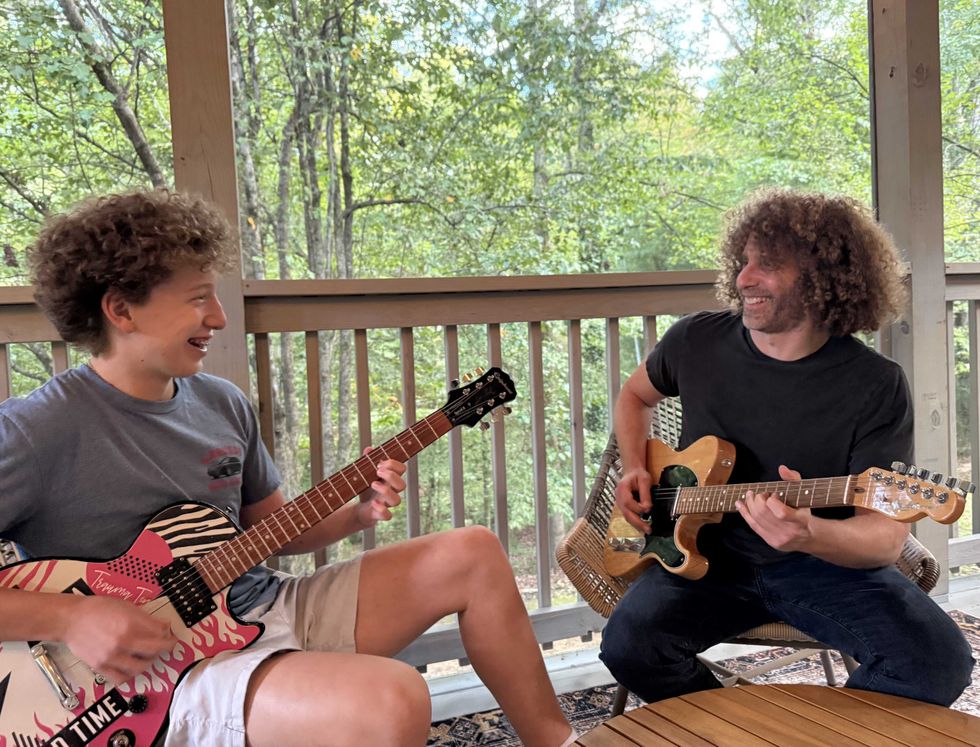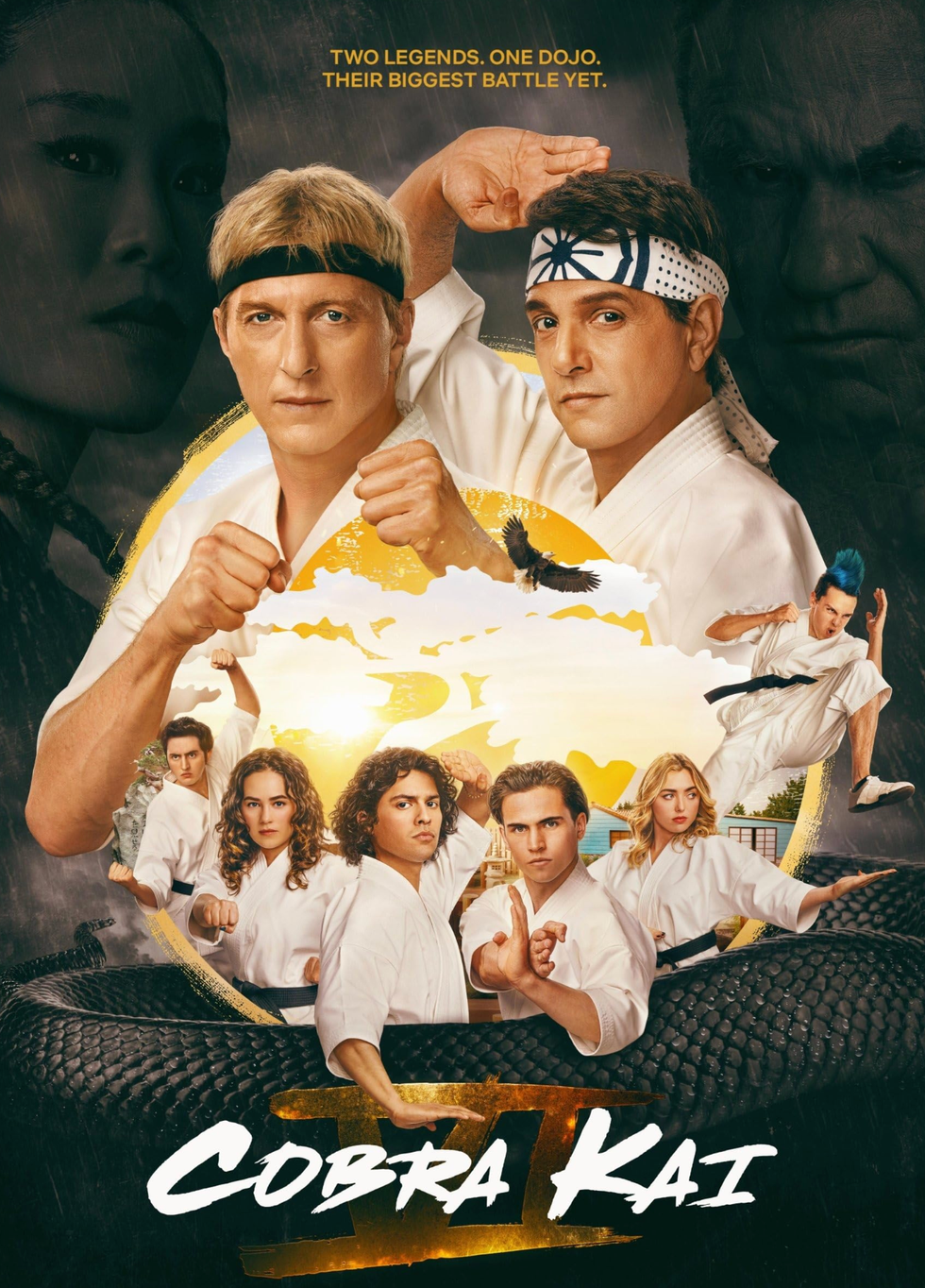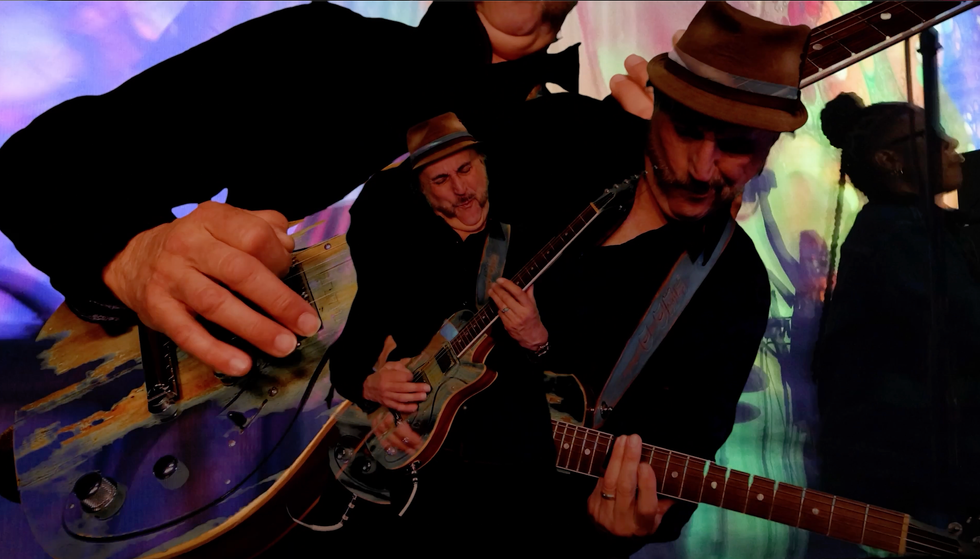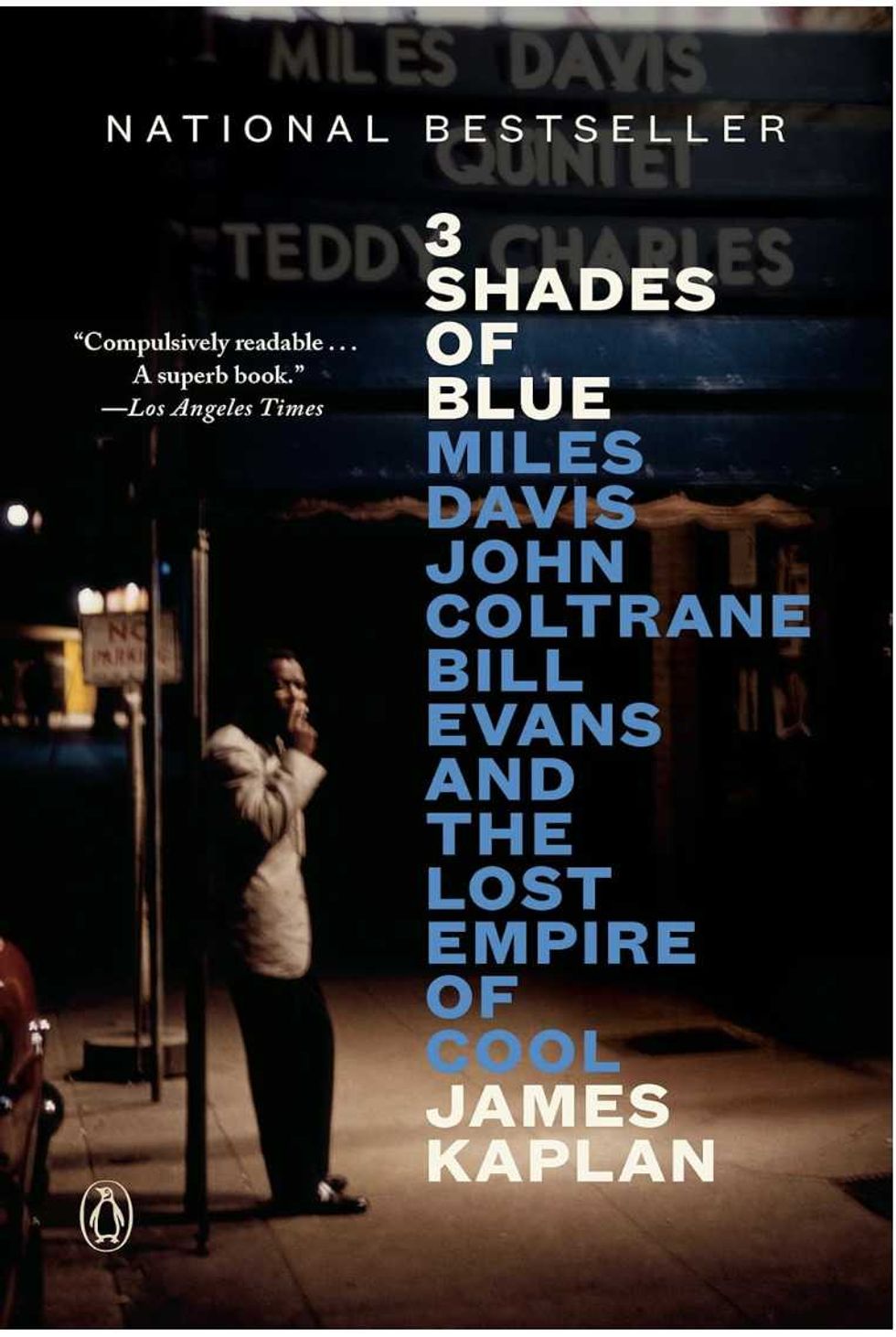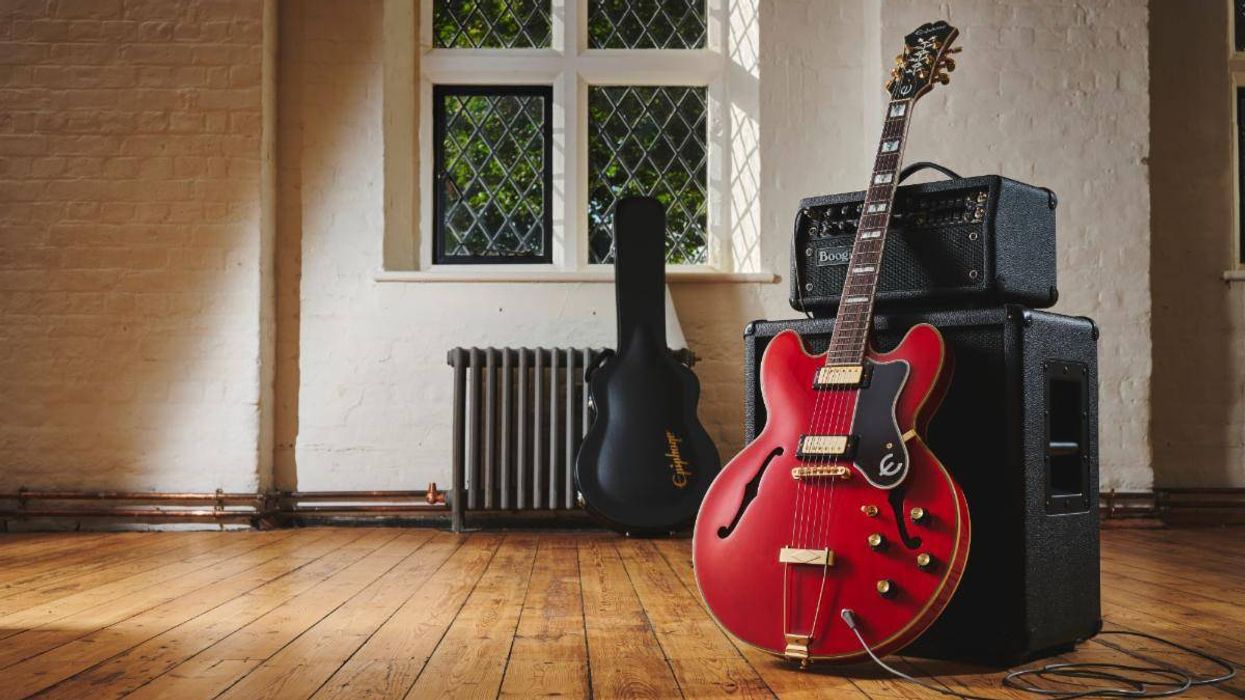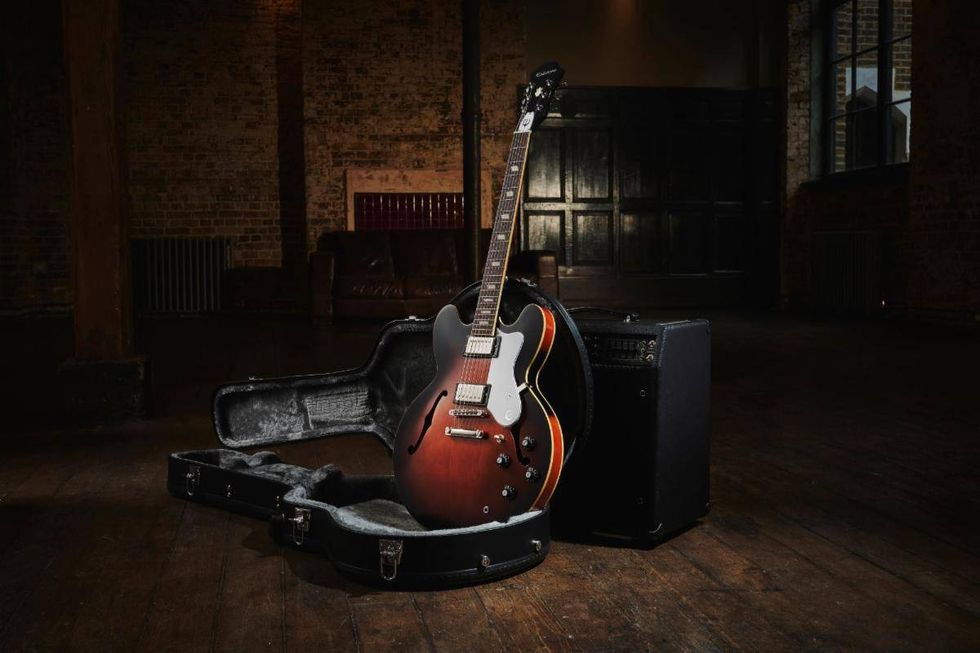Salt Lake City, Utah (December 30, 2008) -- DigiTech is now shipping the RP1000 Integrated Effects Switching System.
The RP1000 sets itself apart from traditional multi-effects products featuring switchable stompbox and external amplifier loops that allow the RP1000 to easily integrate with external gear. “Guitar players use different brands and pieces of gear to create their personal tone, the RP1000’s loops and transparency is the only piece of gear of its type and allows them to do just that. I personally use an assortment of external pedals and an amp that defines my tone. Everybody I know has a different taste in amps and pedals, the RP1000 allows them to use their current setup while offering them more tonal choices” says Jason Lamb, DigiTech Marketing Manager.

Larger Image
The RP1000 targets live guitar players with 14 metal switches that control both program changes, effects on/off, stompbox loop in/out, bank up/down, and the built in 20 second looper. The RP1000 can be used in two different control modes to switch up to ten presets (preset mode) or five presets and five effects on/off (pedalboard mode).
For the tone purists, the RP1000’s internal Amp/Cabinet Bypass switch removes the RP1000’s internal amplifiers and cabinet effects from the signal chain leaving only stompboxes and effects.
The RP1000 has over 160 internal stompboxes, effects, amps and cabinets for nearly unlimited tonal options, USB 2x2 audio streaming along with Cubase LE4. MSRP $699.95
For more information:
digitech.com
Read our RP500 review
The RP1000 sets itself apart from traditional multi-effects products featuring switchable stompbox and external amplifier loops that allow the RP1000 to easily integrate with external gear. “Guitar players use different brands and pieces of gear to create their personal tone, the RP1000’s loops and transparency is the only piece of gear of its type and allows them to do just that. I personally use an assortment of external pedals and an amp that defines my tone. Everybody I know has a different taste in amps and pedals, the RP1000 allows them to use their current setup while offering them more tonal choices” says Jason Lamb, DigiTech Marketing Manager.
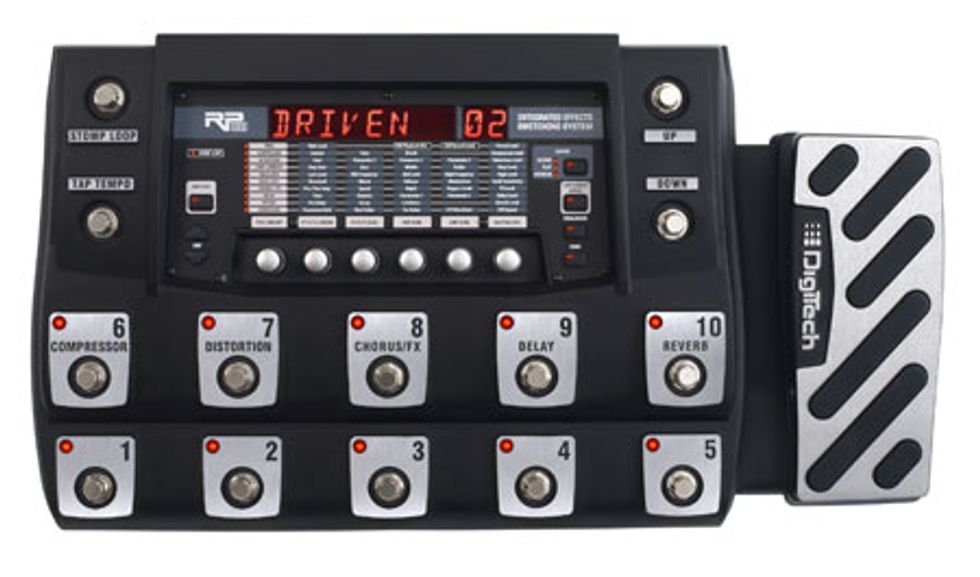
Larger Image
The RP1000 targets live guitar players with 14 metal switches that control both program changes, effects on/off, stompbox loop in/out, bank up/down, and the built in 20 second looper. The RP1000 can be used in two different control modes to switch up to ten presets (preset mode) or five presets and five effects on/off (pedalboard mode).
For the tone purists, the RP1000’s internal Amp/Cabinet Bypass switch removes the RP1000’s internal amplifiers and cabinet effects from the signal chain leaving only stompboxes and effects.
The RP1000 has over 160 internal stompboxes, effects, amps and cabinets for nearly unlimited tonal options, USB 2x2 audio streaming along with Cubase LE4. MSRP $699.95
For more information:
digitech.com
Read our RP500 review
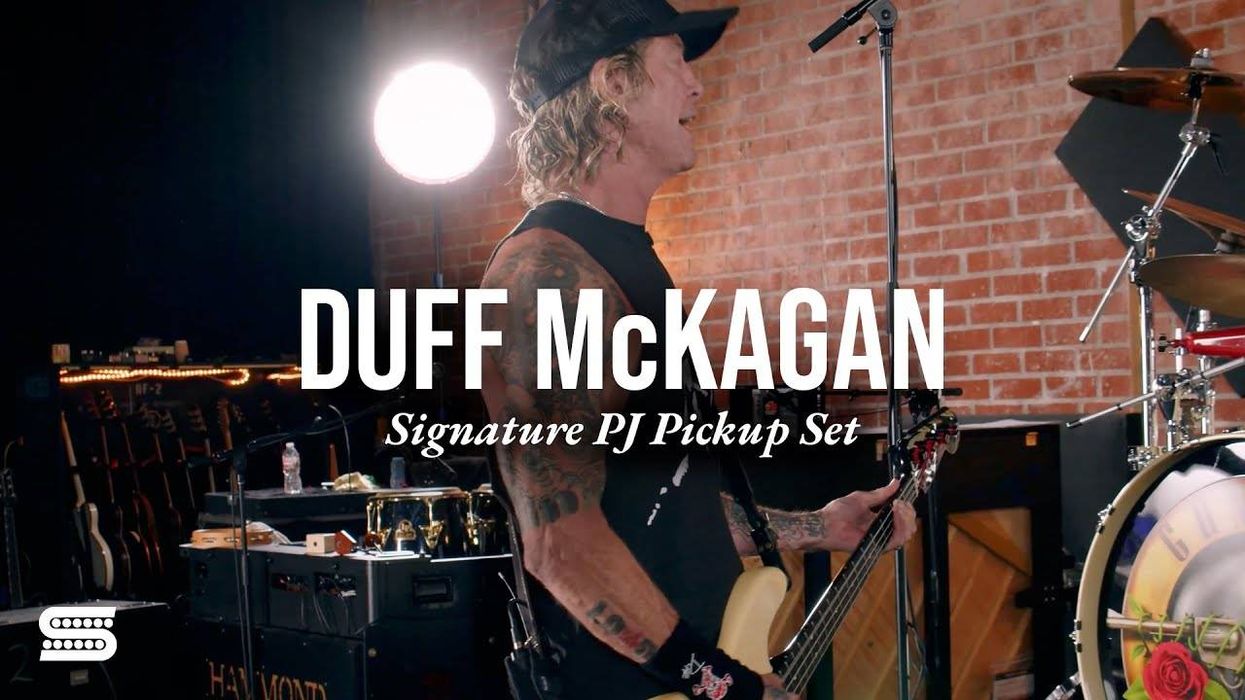
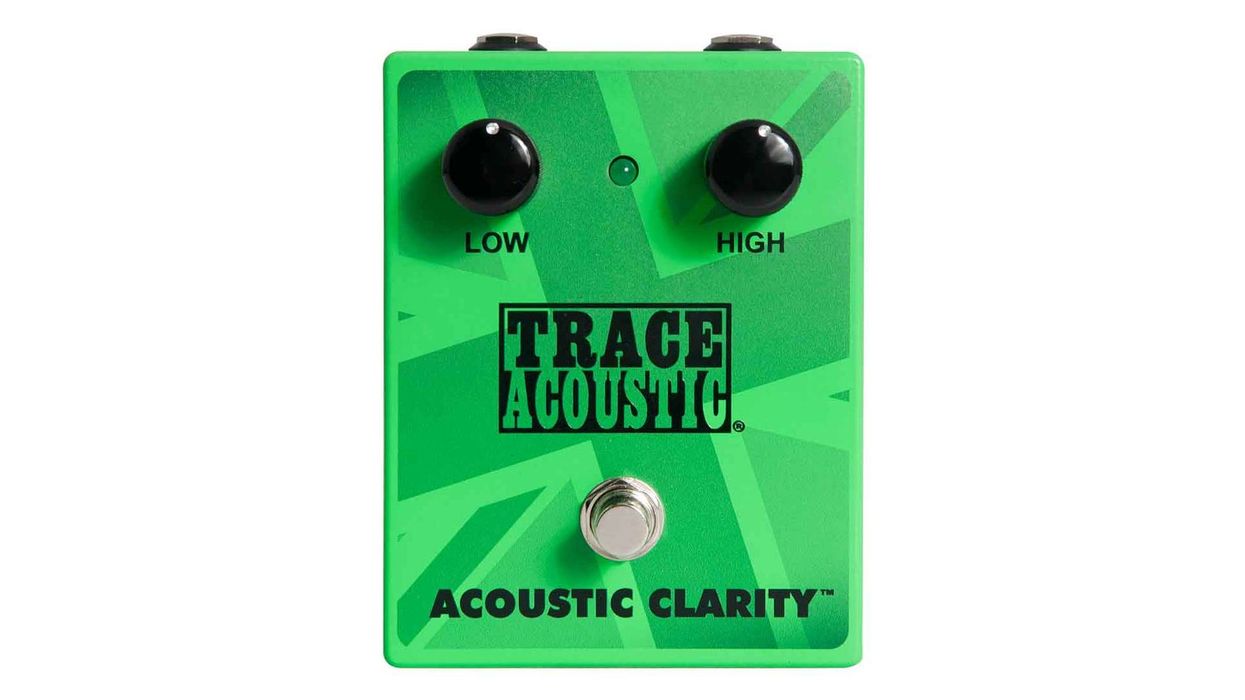
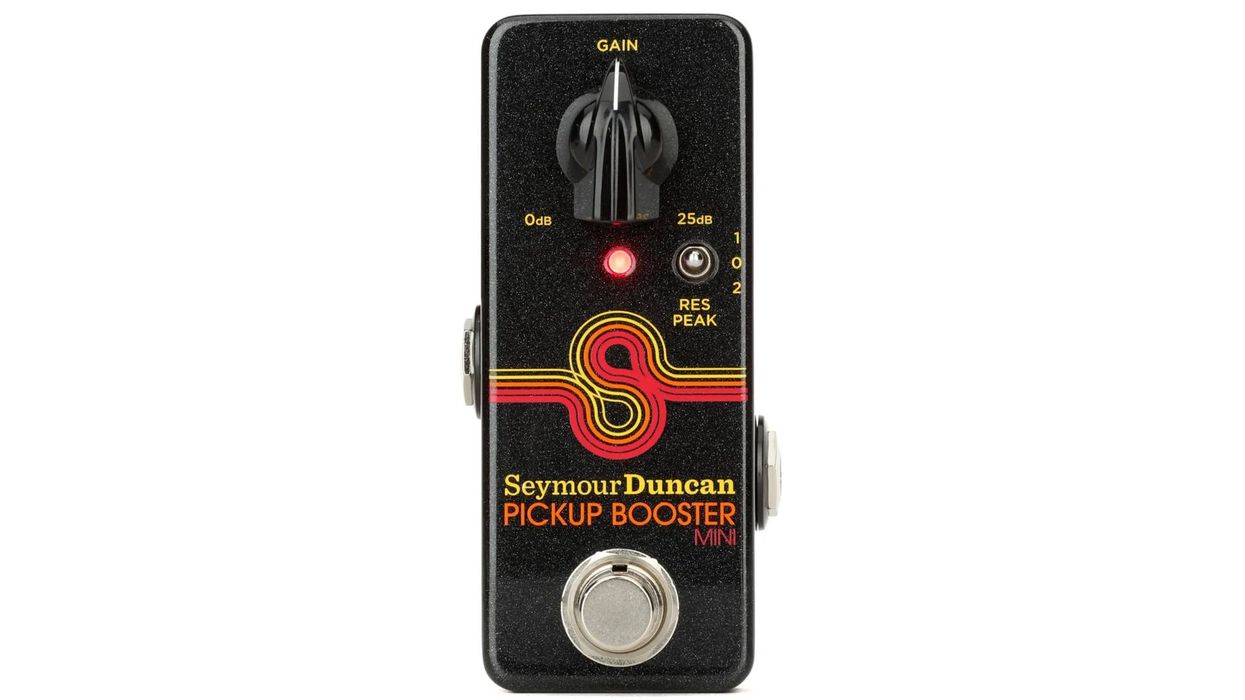
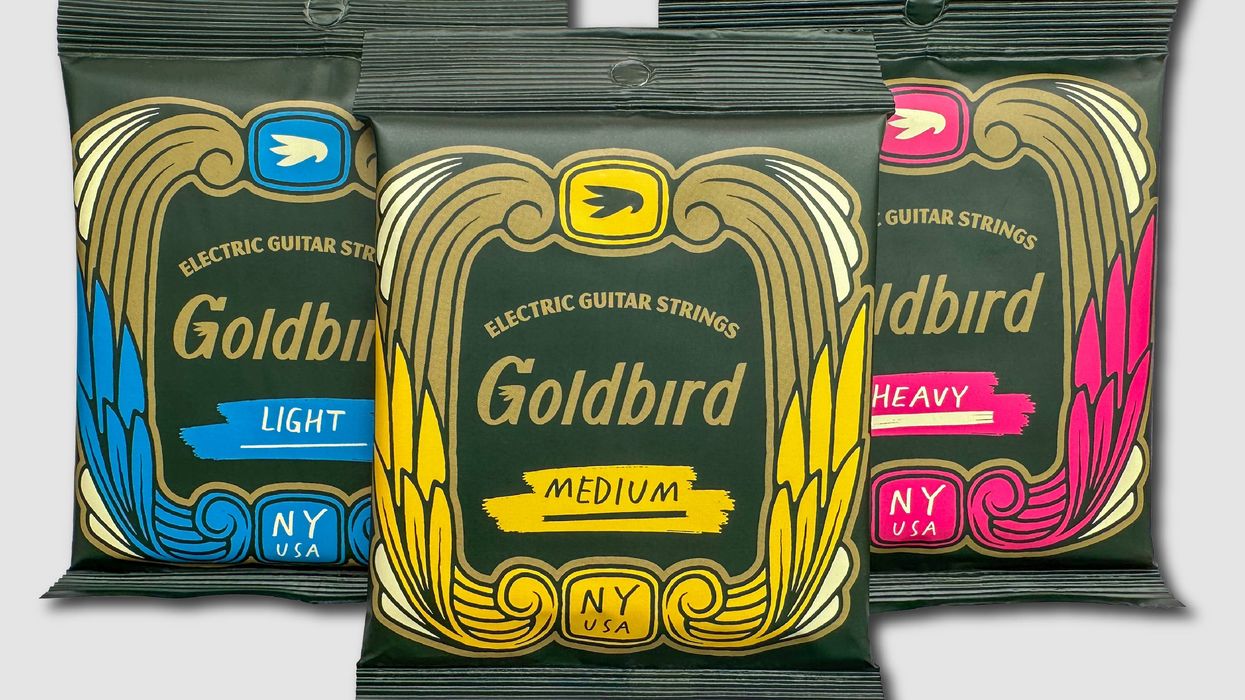
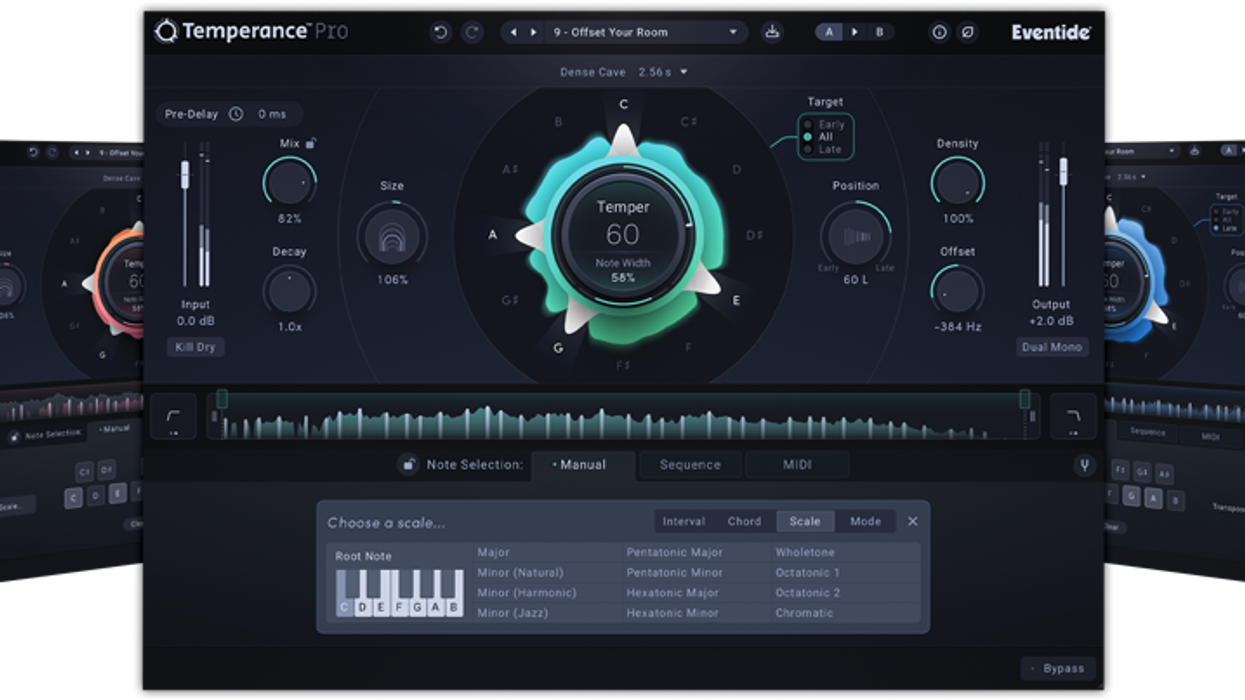
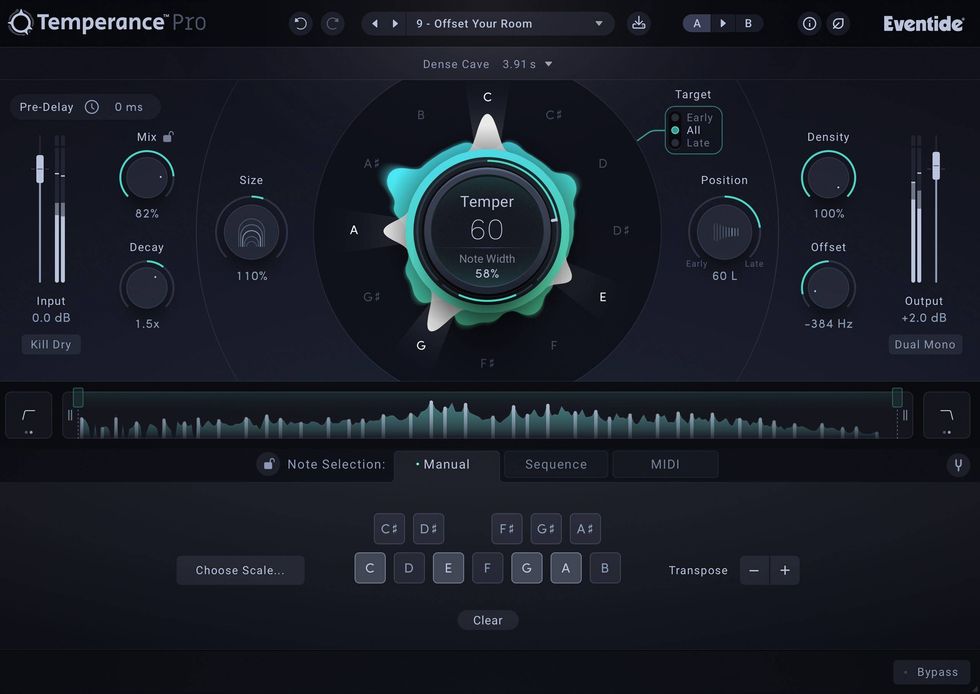
![Devon Eisenbarger [Katy Perry] Rig Rundown](https://www.premierguitar.com/media-library/youtube.jpg?id=61774583&width=1245&height=700&quality=70&coordinates=0%2C0%2C0%2C0)

